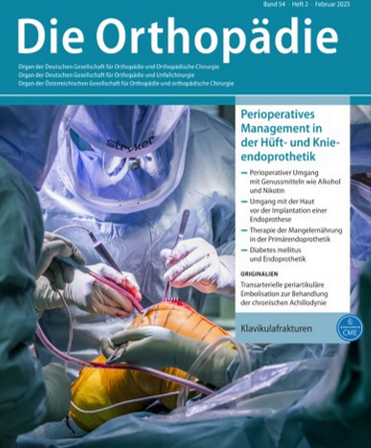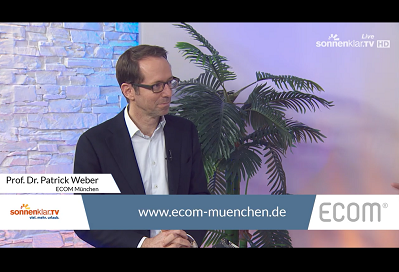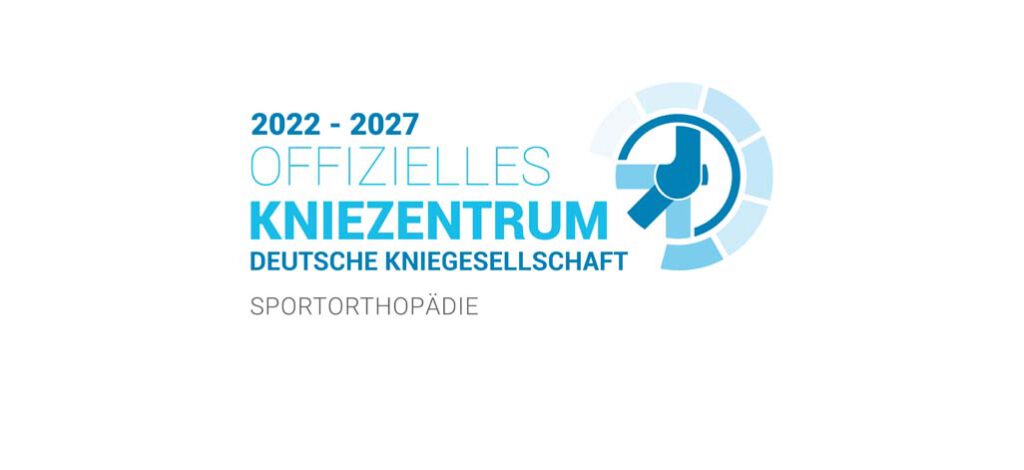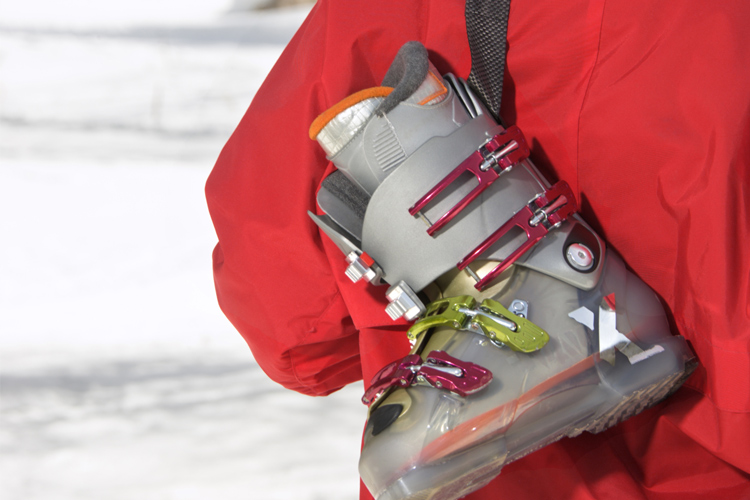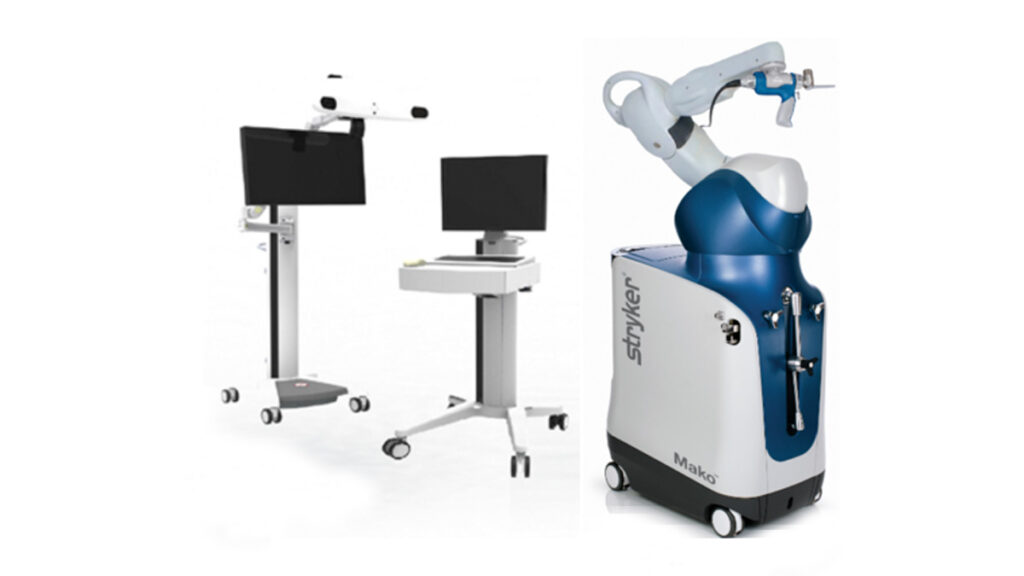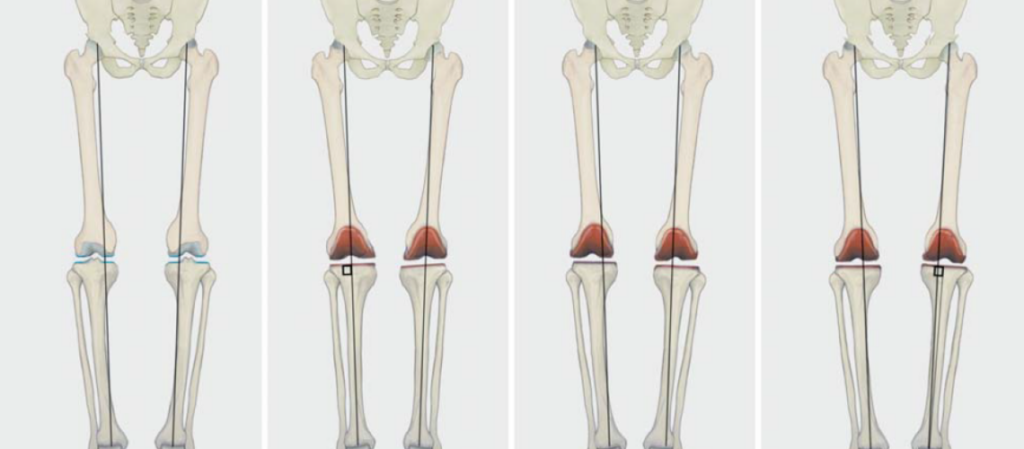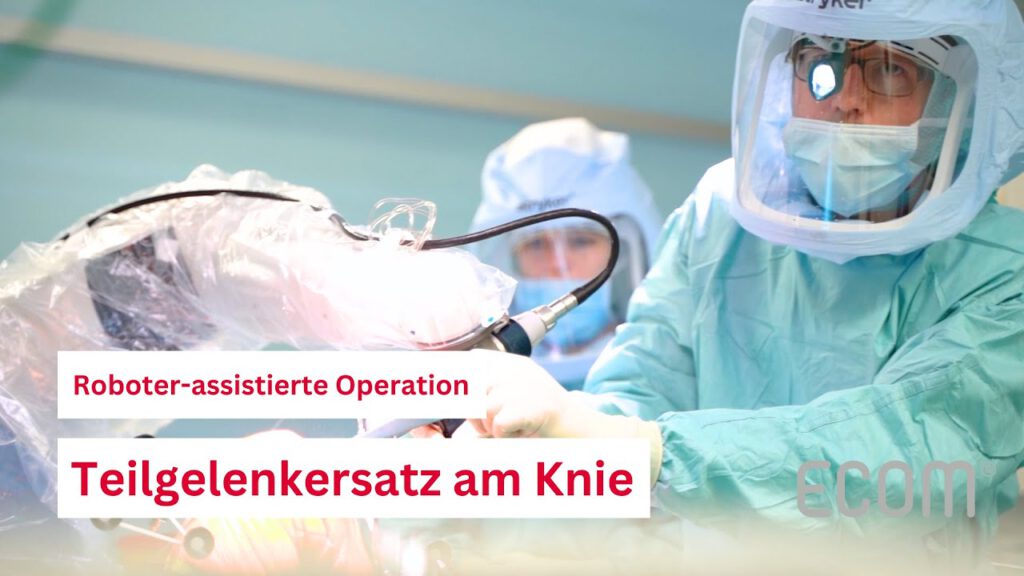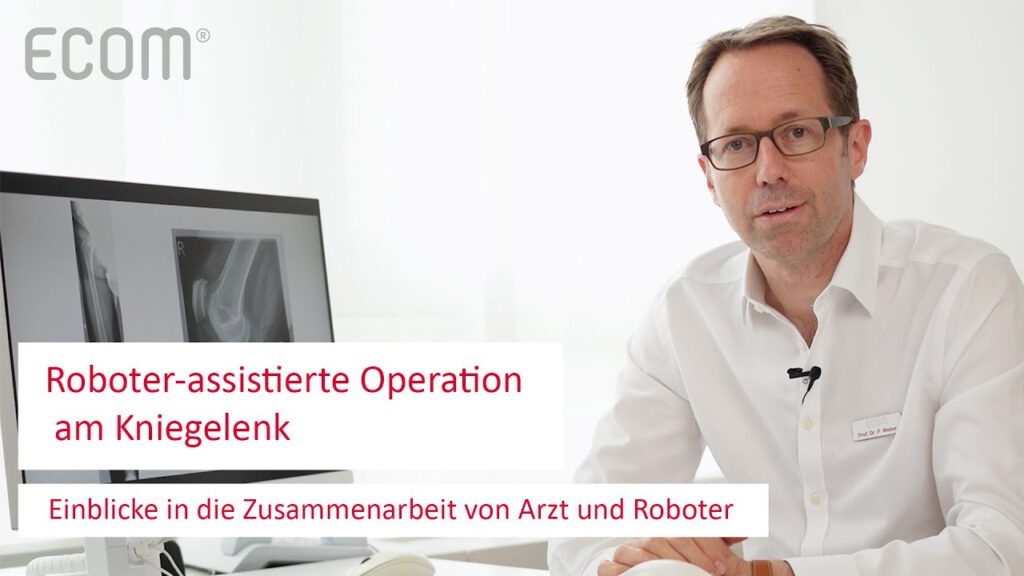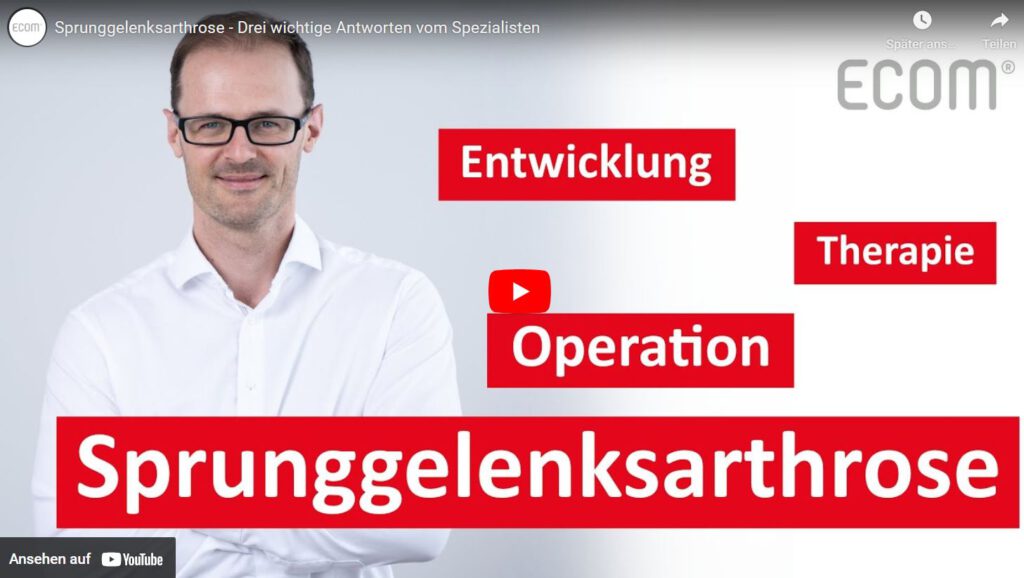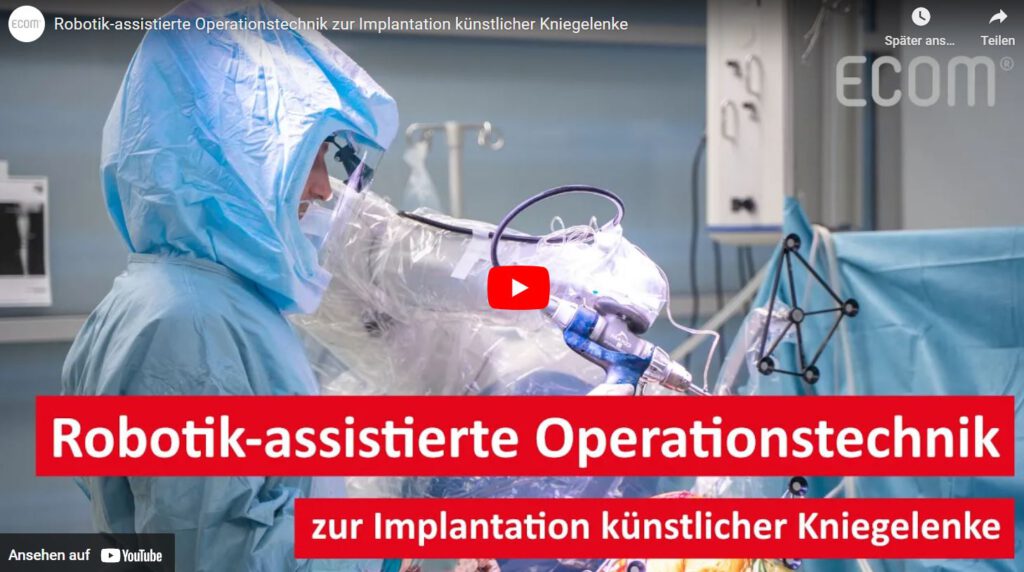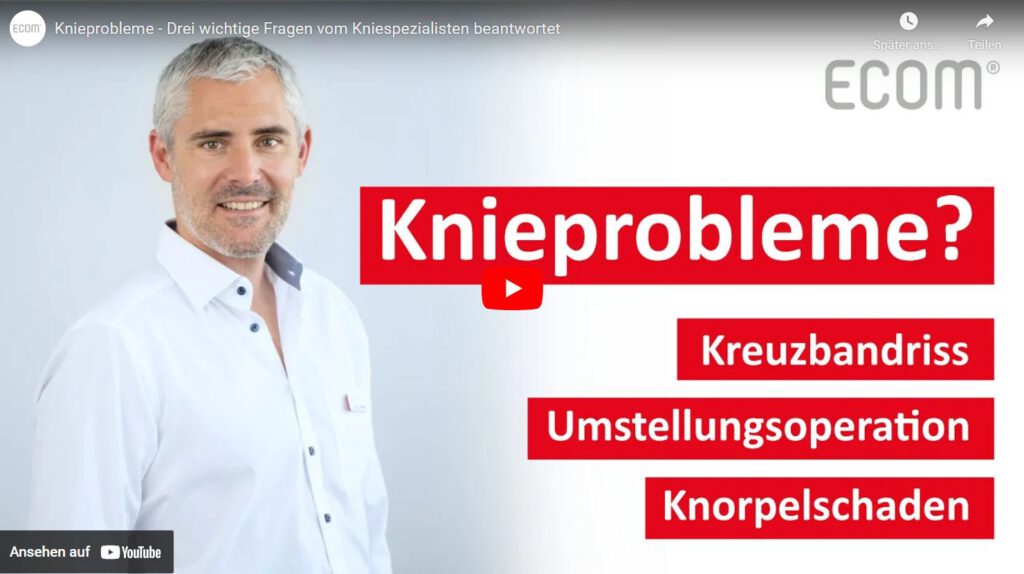Pain in the hip severely restricts everyday life. If hip osteoarthritis does not improve despite conservative treatment or the pain even worsens, the use of an artificial hip joint using the AMIS method is a sensible alternative. It relieves continuous pain and restores lost mobility.
The most common causes of hip pain are signs of wear and tear of the hip joint. This is also known as hip arthrosis.
In hip osteoarthritis, the joint cartilage – the sliding layer between the pelvic and femur bones – wears away. The damaged cartilage tissue causes the femur and acetabulum to rub against each other without protection. This friction causes inflammation, which results in pain.
Hip osteoarthritis can be caused by accidents, misalignment of the legs and hip joint, overloading and incorrect loading as well as age-related and genetic wear and tear.




